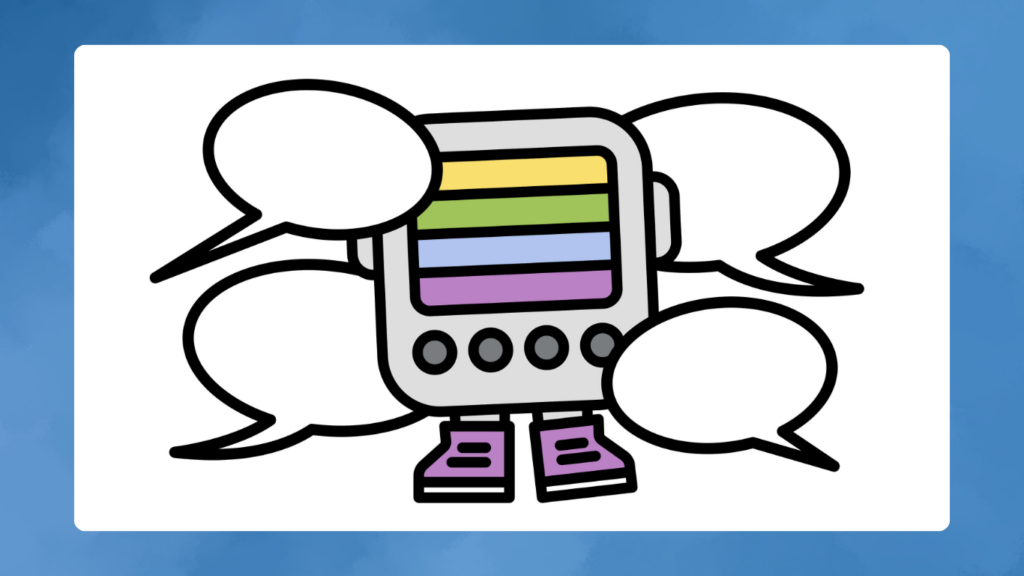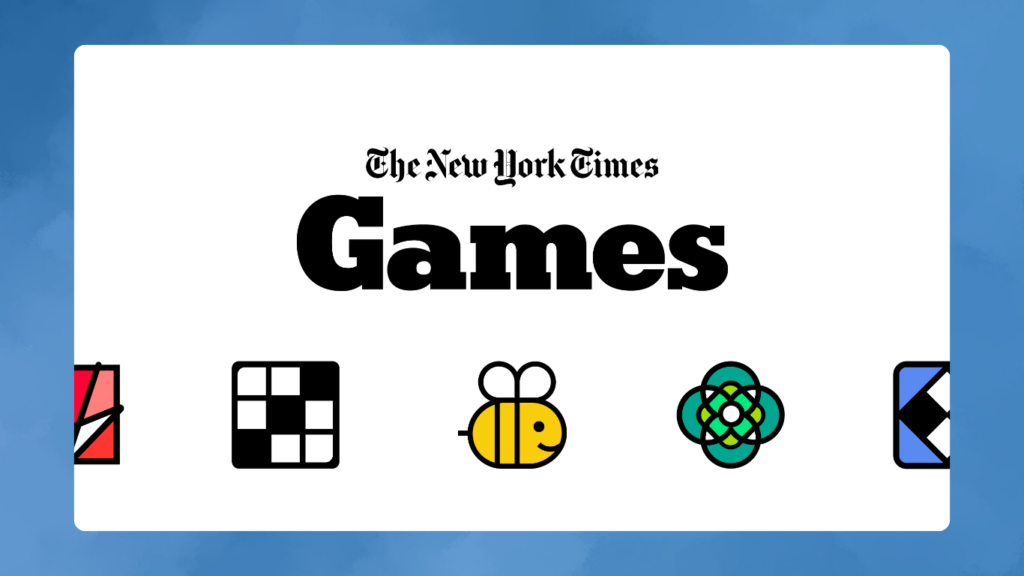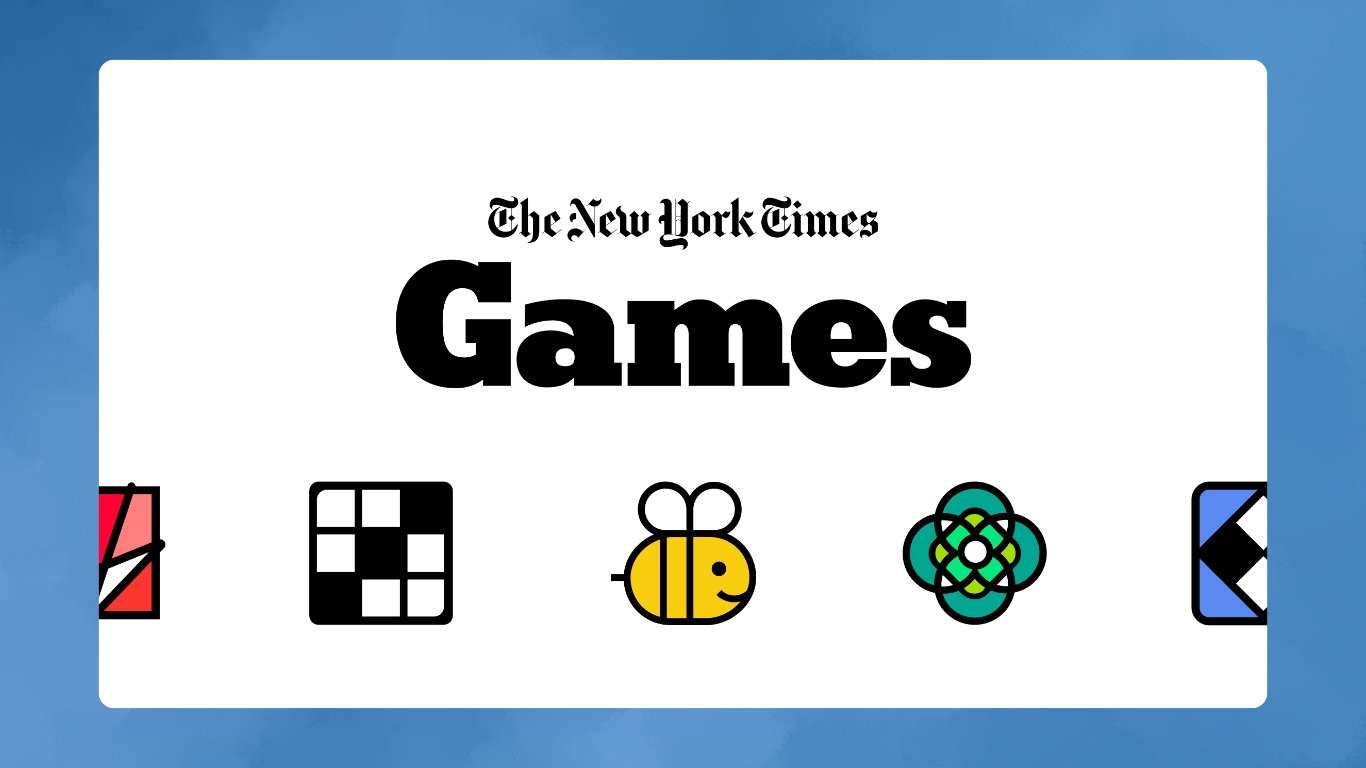The New York Times Games section has long been a favorite for puzzle enthusiasts, offering daily challenges like Wordle, the classic Crossword, its smaller counterpart the Mini Crossword, Strands, and the newer Connections. These brain-teasers keep players engaged, with CNET even providing solutions on their “Daily Puzzle Answers” page. But now, The Times is shaking things up by introducing artificial intelligence to the mix.

In June 2023, Connections made its debut. The game challenges players to sort 16 words into four distinct categories based on common themes. Some words might seem like they fit in more than one group, but there’s only one correct solution. The categories are color-coded, adding a level of difficulty, with the purple group being the trickiest to solve.
As of September 3, 2024, The Times has taken the Connections experience further by launching the Connections Bot, an AI-powered tool designed to help players better understand their performance. This addition builds on the success of WordleBot, which has been offering similar feedback to Wordle players since 2022. The Times reports that WordleBot draws millions of users each month, making it one of the most popular features in its Games section.
What is Connections Bot?
Connections Bot represents The New York Times newsroom’s first regular use of AI in its games. After you complete a game of Connections, the bot analyzes your performance and compares it to how other players did that day. It then gives you a score out of 99. To achieve a perfect score, you’ll need to solve the categories in order of difficulty—starting with the purple, then blue, green, and finally yellow—without making any mistakes. For those interested in understanding the scoring in more detail, The Times provides a full explanation in the Connections Bot FAQ.
But Connections Bot doesn’t just stop at numbers. It goes deeper, using AI to analyze how you approached the game, especially on incorrect guesses. For example, if you grouped words like “gutter,” “bowl,” “lane,” and “alley” together, thinking they were all related to bowling, the AI might point out that you were on the right track but missed the actual solution. It could also predict that you were trying to categorize “alley” with words like “lane” and “drive” as types of roads. These insights, generated by AI, help players understand not just what went wrong, but why.
To ensure quality and accuracy, every AI-generated response is reviewed by The New York Times editors before publication. Editors may make minor adjustments for clarity or style, but the AI’s core analysis remains.
How AI Enhances the Puzzle Experience
The addition of Connections Bot adds a new layer of interactivity to the game, turning each puzzle into a learning experience. Eve Washington, one of the editors who helped develop the bot, explained that Connections can be quite challenging. Some days, fewer than half of the players manage to solve the day’s puzzle, making the bot’s feedback even more valuable. For those difficult puzzles, the bot helps players feel less frustrated by offering personalized insights into their gameplay.

While Connections is free to play, you’ll need a New York Times account to access the bot’s analysis. This makes the gaming experience more interactive and educational, giving players an opportunity to improve their skills.
A Future with AI-Enhanced Games
By introducing AI through tools like Connections Bot and WordleBot, The New York Times is blending technology with traditional puzzle-solving, offering players a richer, more engaging experience. Whether you’re a casual gamer or a dedicated puzzle solver, the bot’s analysis can enhance your approach to the game, making it more than just a challenge—it becomes a way to sharpen your problem-solving skills.
With AI continuing to play a larger role in everyday entertainment, Connections Bot is a glimpse into the future of how technology can improve even the most classic games.

Subtly charming pop culture geek. Amateur analyst. Freelance tv buff. Coffee lover
